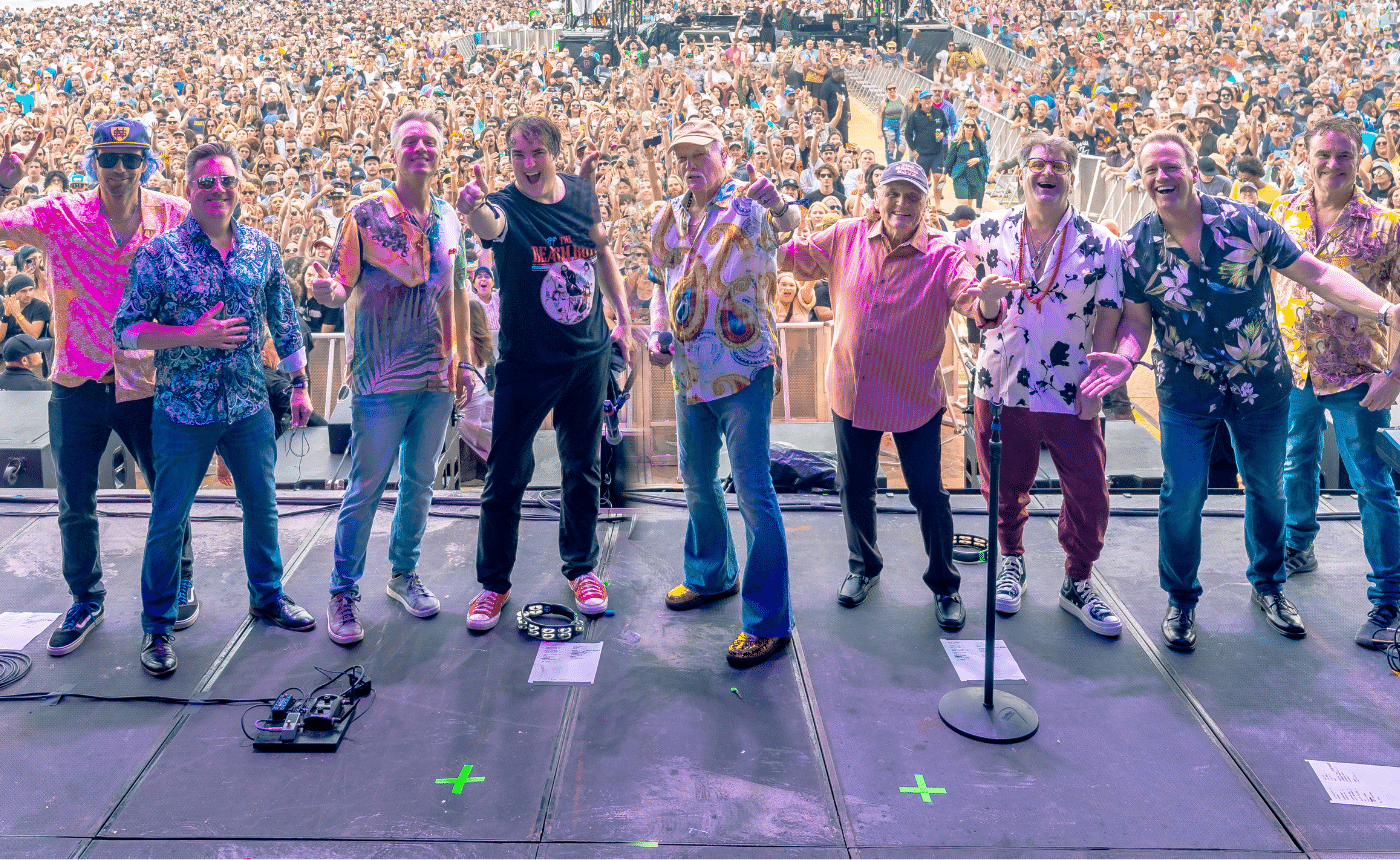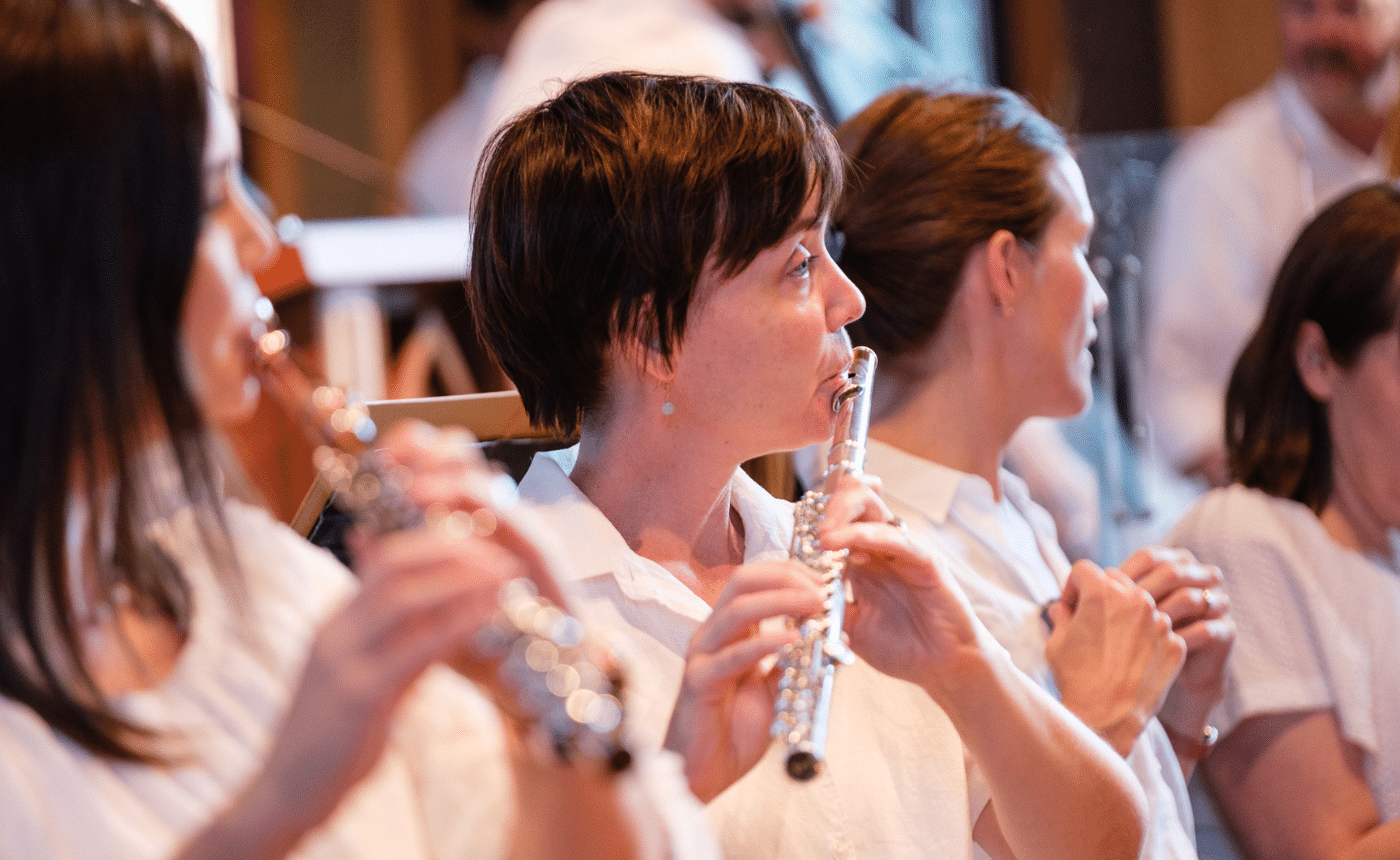Mozart – The Magic Flute
Written by Jeff Counts
Instrumentation: 2 flutes, 2 oboes, 2 clarinets, 2 bassoons, 2 horns, 2 trumpets, 3 trombones, timpani, strings.
Duration: 7 minutes.
THE COMPOSER –
Die Zauberflöte (The Magic Flute) was Mozart’s penultimate opera, written during the extremely fertile last year of his life in 1791. It was an example of the popular dramatic style known as Singspiel (a blend of singing and spoken text) and also an allegory on Mozart’s own Masonic associations and beliefs. He would live to see it successfully staged and actually conducted the premiere performances, though his death just months later would deprive him of knowing how lasting and important the work would eventually become.
THE MUSIC –
Three chords begin the overture in direct tribute to the Masonic themes of the opera. After the mysterious but inexorable introduction, it is a fleet-footed five minutes until the end. The allegro section is essentially monothematic but with Mozart, one theme is plenty. He treats us to right away to fugue, transformation, delightful instrumental playfulness and an invigorating sense that something special is in store. Right in the middle of this infectious activity are the famous three times three chords, the “dreimalige Akkord ,” which not only echo the overture’s opening but clear the air before the development proper with spectacular effect. It is important to view The Magic Flute not as Mozart’s benediction or farewell to opera but rather as the excited, forward-looking declaration of a young genius in his prime. This is the hopeful music of a man with plans for the future, not the last rites of someone who felt time slipping and assumed he had said enough. From this perspective, the Overture to The Magic Flute may well be the most rewarding six minutes in music.
THE CONTEXT –
1791 holds special, almost religious significance for the music world as the year we lost Mozart. Others were also lost that year including Methodist Church founder John Wesley, Virginia Governor and Declaration signer Benjamin Harrison and French revolutionary Honoré Mirabeau. Found (and founded) in 1791 were the element Titanium, the U.S. Mint, the Bank of the United States and the State of Vermont.
THE CONNECTION –
Utah Symphony has performed The Magic Flute Overture countless times. It has been featured often on the Family, Chamber, Summer Series and Masterworks programs as well as the annual concert for children with autism. Utah has staged the full opera on three separate occasions – 1987, 1993, and 2006.












